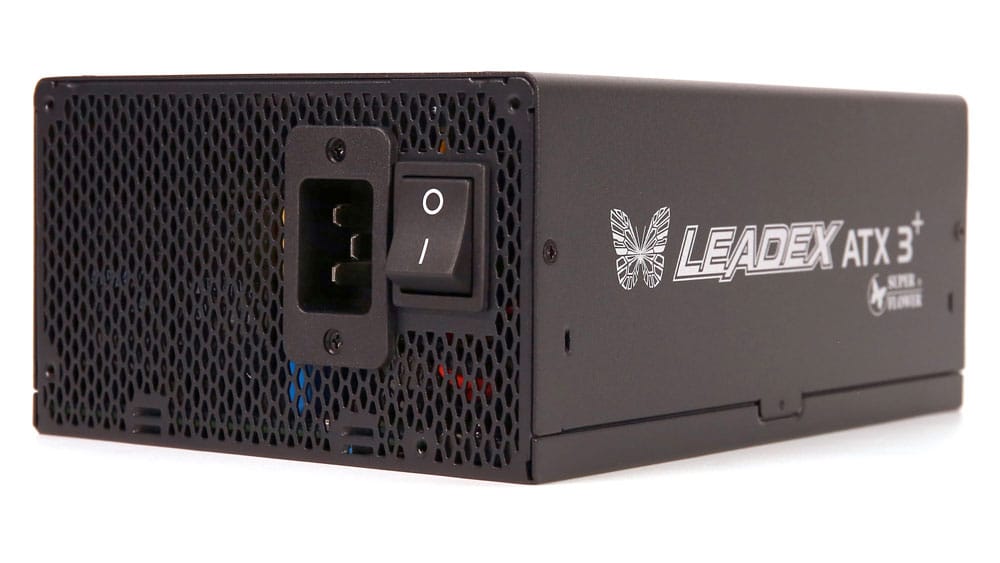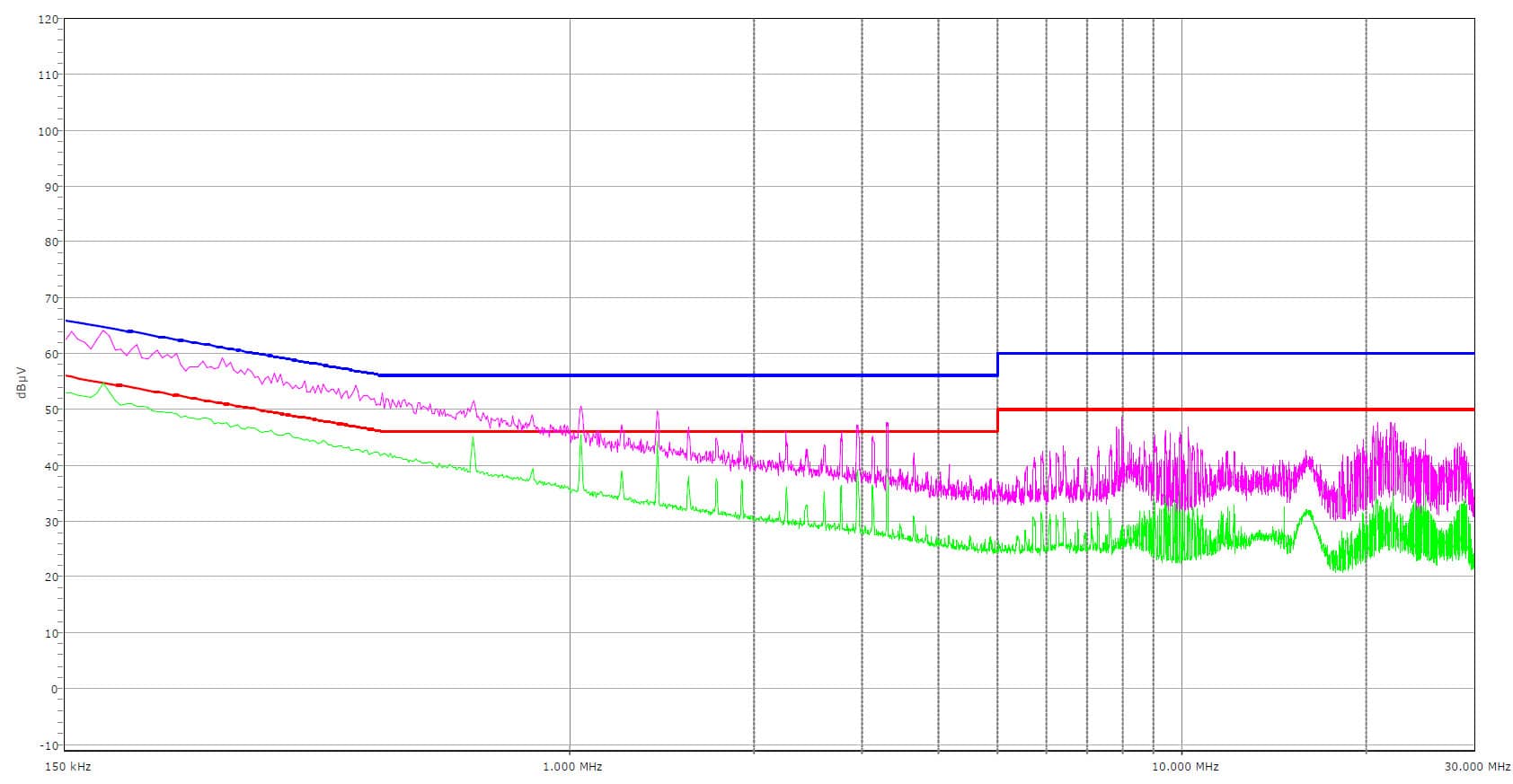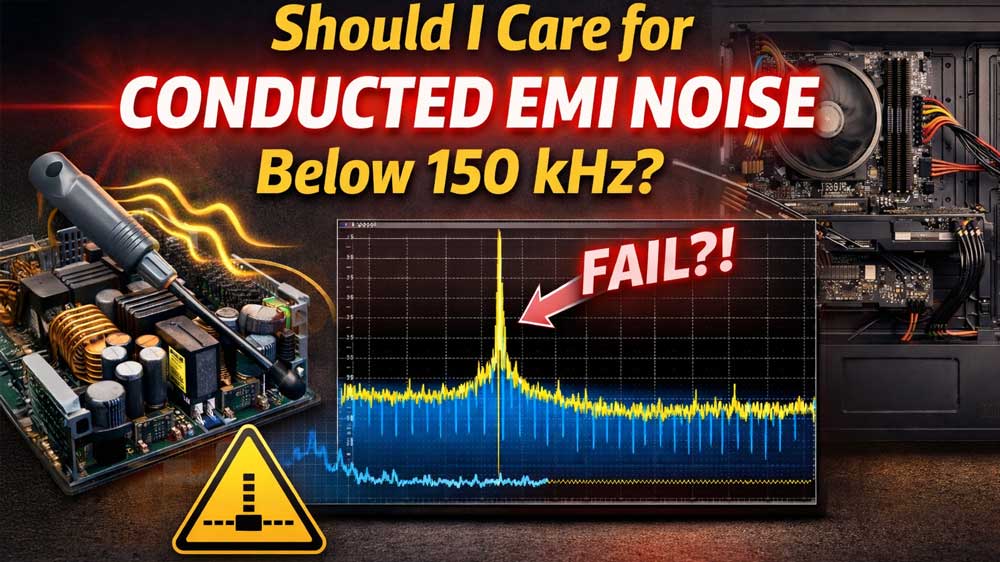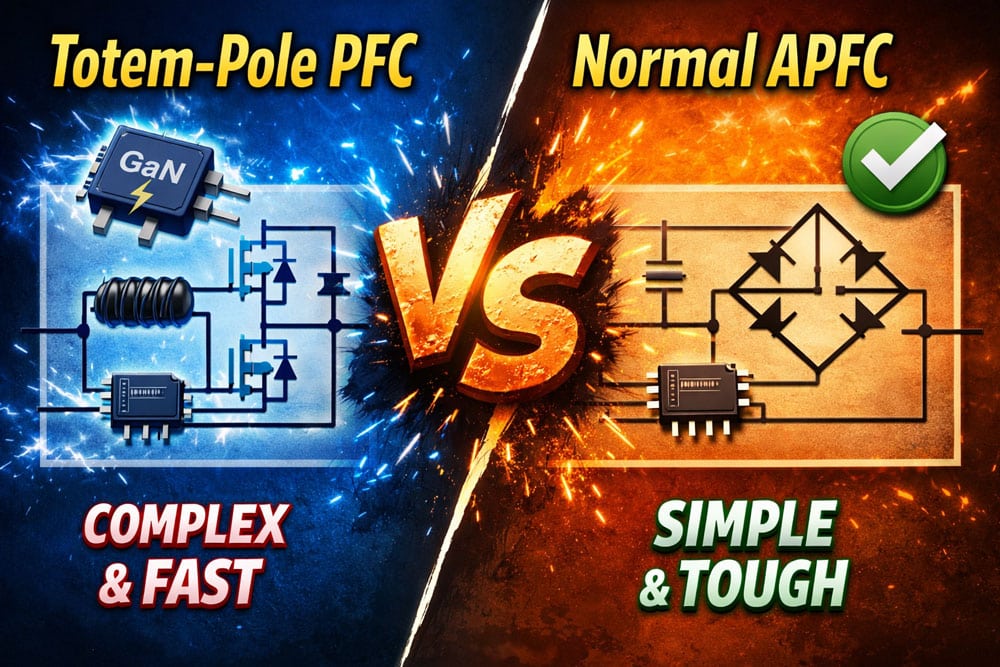Protection Features
| OCP (Normal @ 29.9°C) | 12V: 279.40A (119.76%), 12.005V 5V: 29.9A (149.50%), 5.018V 3.3V: 27.5A (137.50%), 3.314V 5VSB: 5.1A (170.00%), 4.968V |
| OCP (Hot @ 41.5°C) | 12V: 278.40A (119.33%), 12.006V 5V: 29.9A (149.50%), 5.017V 3.3V: 27.4A (137.00%), 3.314V 5VSB: 4.9A (163.33%), 4.986V |
| OPP (Normal @ 30.4°C) | >3252.59W (116.16%) |
| OPP (Hot @ 43.8°C) | >3240.07W (115.72%) |
| OTP | ✓ (92°C @ Heat Sink) |
| SCP | 12V to Earth: ✓ 5V to Earth: ✓ 3.3V to Earth: ✓ 5VSB to Earth: ✓ -12V to Earth: ✓ |
| PWR_OK | Proper Operation |
| UVP (Full Load @ 180V) | ✓ |
| UVP (No Damage @ 170V) | ✓ |
| Conducted Emissions EN55032 & CISPR 32A | ✓ |
| NLO | ✓ |
| Fan Failure Protection | ✗ |
| SIP | Surge: MOV Inrush: NTC & Bypass Relay |
The 12V rail’s OCP triggering points are high given the unit’s enormous max nominal power. I would also like to see a larger difference between normal and high temperatures. OCP triggering points are set sky-high on the minor rails and are identical between normal and high temperatures, which is incorrect.
Given the unit’s enormous capacity, the OPP triggering points should not be that high. Because I didn’t engage the extra 3kW load, used for the transient response tests, in the protection features evaluation process, we are restricted to below 3300W at OPP. Lastly, I expected such a high-end and expensive PSU to have fan failure protection.
EMC Pre-Compliance at a Glance
Every electronics device, including PSUs, can be an EMI source, which, depending on the amount of EMI emitted, can affect the proper operation of nearby devices. EMI can, in some extreme cases, even render them unusable. Some standards have been established to minimize EMI noise. The corresponding standards for IT (Information Technology) products are CISPR 32 and its derivative EN 55032, which is for products sold in the EU. In the EU, every product featuring the “CE” marking has to comply with the EN 55032 standard. CISPR 32 and EN 55032 standards divide devices into two classes, A and B. B-class equipment is for domestic environments, so their permitted EMI emissions are significantly lower than for A-class devices.
Our equipment for EMI readings:
- Rohde & Schwarz FPC1500 (loaded with all options)
- Tekbox TBLC08 LISN
- Tekbox TBFL1 transient limiter
- Tekbox EMCview software
| CISPR 32 / EN55032 Limits | ||
| CISRP 32 / EN 55032 Class A Conducted EMI Limit | ||
| Frequency of Emission (MHz) | Conducted Limit (dBuV) | |
| Quasi-peak | Average | |
| 0.15 – 0.50 | 79 | 66 |
| 0.50 – 30.0 | 73 | 60 |
| CISPR 32 / EN 55032 Class B Conducted EMI Limit | ||
| Frequency of Emission (MHz) | Conducted Limit (dBuV) | |
| Quasi-peak | Average | |
| 0.15 – 0.50 | 66 – 56 | 56 – 46 |
| 0.50 – 5.00 | 56 | 46 |
| 5.00 – 30.00 | 60 | 50 |
| CISRP 32 / EN 55032 Class A 10-Meter Radiated EMI Limit | ||
| Frequency of Emission (MHz) | Field Strength Limit (dBuV/m) | |
| 30 – 88 | 39 | |
| 88 – 216 | 43.5 | |
| 216 – 960 | 46.5 | |
| > 960 | 49.5 | |
| CISRP 32 / EN 55032 Class B 3-Meter Radiated EMI Limit | ||
| Frequency of Emission (MHz) | Field Strength Limit (dBuV/m) | |
| 30 – 88 | 40 | |
| 88 – 216 | 43.5 | |
| 216 – 960 | 46.0 | |
| > 960 | 54.0 | |
Please note that the ATX spec allows a 4 dB margin for conducted and radiated emissions. This means that if a PSU exceeds the limits but stays within the 4 dB margin, it meets the corresponding ATX spec requirement (8.1 Emissions).
EMI Results
The PSU’s conducted emissions remain below the limits.




Hello Aris. Thanks for amazing job here and on Cybenetics.com.
I have a question. How many Watts this psu can handle in 115/127V?!
Realistically, not more than 1600-1650W
Hello,
is there a place where we can view the 20, 50% load transients for power supplies not covered here on Hwbusters?
cybenetics PSU performance database includes them in the overall performance algorithm that it uses to classify the PSUs
hello Aris wanna ask about legality of cybenetics logo, i’ve seen FSP VITA GM product certified data was Platinum but in boxes it just showing Gold efficiency, it’s still allowed by laws to put Gold effficiency logo on Platinum product ?
Hi! “Downgrades” are permitted, but no upgrades!